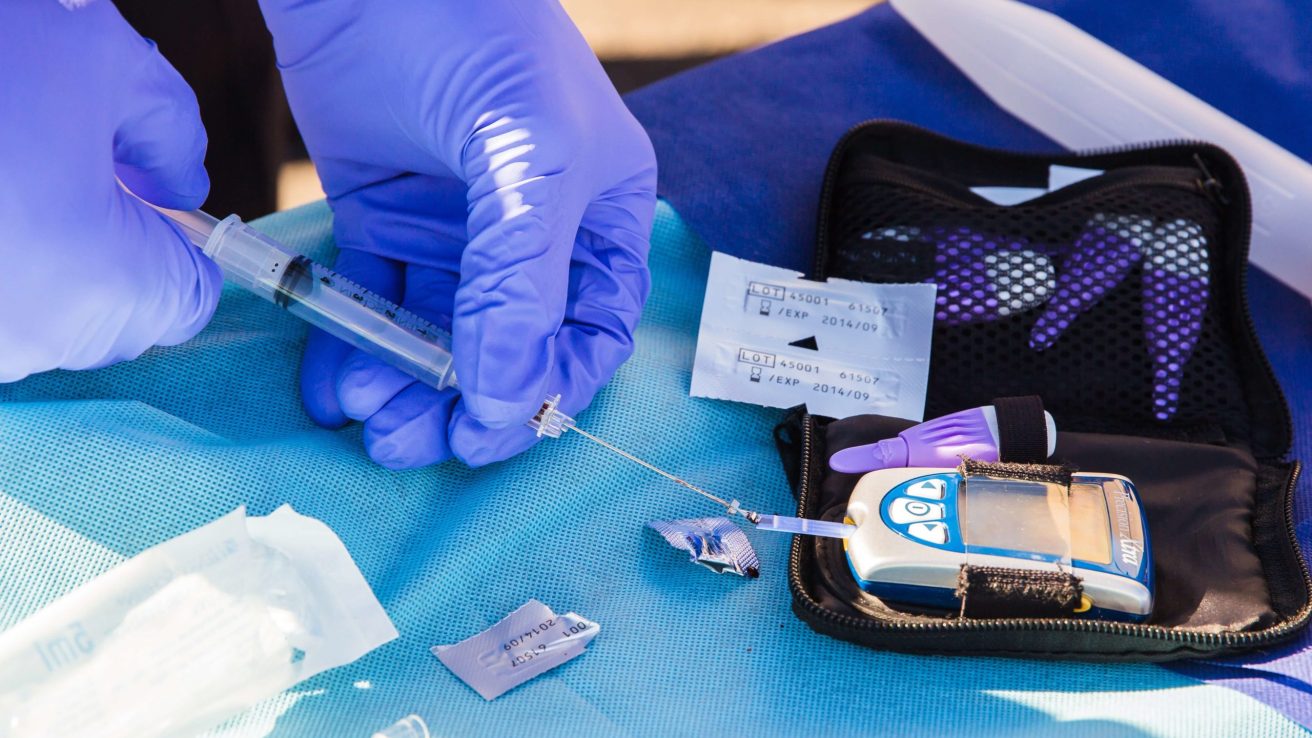There is growing evidence for health disparities in various sections of our society. Diabetes mellitus (DM) is one such condition that shows signs of disparity in terms of its management among minorities in the USA. DM disproportionately affects Americans along racial/ethnic lines. According to one study, the risk of a DM diagnosis is 77% higher among African Americans, 66% higher among Hispanics, and 18% higher among Asian Americans. There is a pressing need to address this problem.
There are various reasons that can explain this disturbing trend of disparity. To begin with, minorities receive a lower quality of care and experience more challenges to a healthier lifestyle and self-management as compared with white patients. The main driving factor behind this poverty. Lack of health insurance is a related factor. It is due to these reasons that racial/ethnic minorities are much less likely to receive routine health exams and screening tests, and even when they are diagnosed with DM, they have limited access to adequate diabetic care, including screening tests for DM-related retinopathy, vasculopathy, neuropathy, nephropathy, and other complications. This leads to much higher rates of morbidity and mortality related to DM, including heart disease, blindness, end-stage kidney disease, and nontraumatic amputation in these populations.
Other factors that may contribute to this problem include the language barrier (which is true for Latino and Asian American populations), as well as literacy, culture, disability, and mental illness. A key aspect of this problem is the knowledge gap that exists when it comes to minority groups, which is especially true for the Latino population. This leads to the lack of understanding of societal, cultural, environmental, genetic, pathophysiologic, and therapeutic intervention-related factors that contribute to imprecise and therefore ineffective management of DM in these populations.
Typically, studies use the following measures to study the outcomes for DM in various population subsets – HbA1c blood test, LDL-C, and retinal examinations as outlined by the Healthcare Effectiveness Data and Information Set (HEDIS). Other metrics are related to associated conditions of obesity, hyperlipidemia, and the metabolic X syndrome. Studies using these measures of outcomes can accurately assess the current state of disparities but they have to be properly designed to adequately represent patient populations from minority groups. The Hispanic Community Health Study/Study of Latinos (HCHS/SOL) is one such study that has attempted to fill this epidemiological gap and provide useful insights that can guide health policy for this minority group.
Medicaid data provides a suitable snapshot of this disparity, with more than 60% of its beneficiaries belong to minority groups of the population. Affordable Care Act (ACA) and other state-level programs have attempted to reduce this disparity. While these measures have had an impact on the DM outcomes measures in minority populations, the vendor-based disease management programs have not led to any improvement in this regard
Various studies have shown that when core issues of poverty, insurance coverage, and access to healthcare and awareness are addressed, it has led to improved self-reported health outcomes, better disease control, and increased survival in these groups. Therefore, it is critical to study the determinants of this issue, and design and implement interventions at the public health and patient-level to diminish this disparity.










